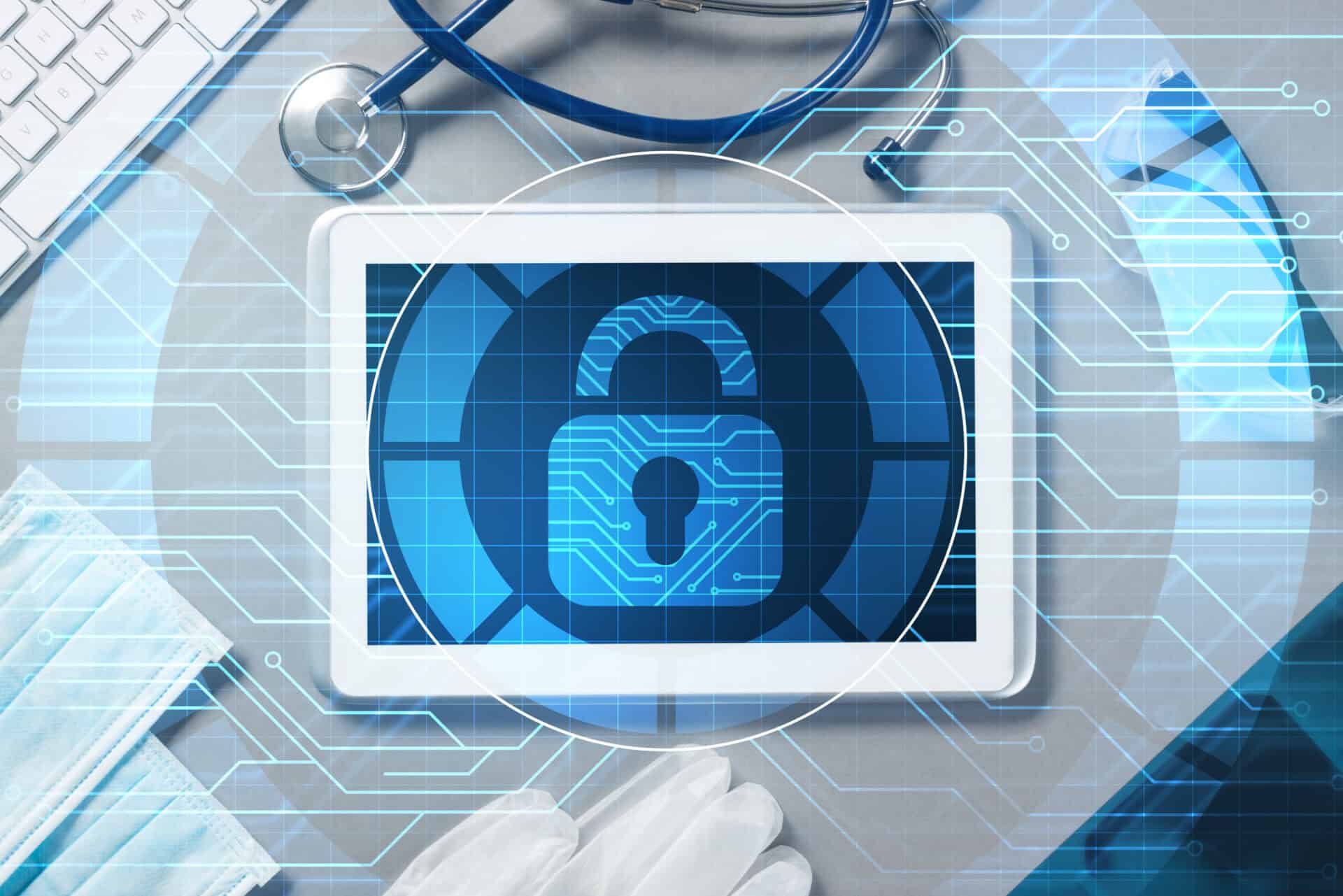Did you hear about the recent data breach at UT Southwestern Medical Center in Dallas, where over 2000 patients were affected by the security breach, which led to a massive loss of personal and medical information? Medical records hold a wealth of sensitive data and a security breach can have serious consequences. So what can be done to protect this sensitive data? Well, let’s take a look at what happened at UT Southwestern, why cybersecurity is so important in healthcare, and how IT solutions can help keep medical information safe.
A Closer Look at the Data Breach at UT Southwestern Medical Center, Dallas
Around the first week of March, a data security breach at UT Southwestern Medical Center in Dallas affected over 2,100 people. According to reports, the compromised information included a mix of sensitive details like medical and health insurance data, addresses, and even dates of birth of the patients. While the exact cause remains undisclosed, this incident is a stark reminder of the regular vulnerabilities that healthcare institutions encounter. However, this wasn’t UT Southwestern’s first brush with a data breach. Back in July 2023, the medical center reported being part of a larger attack targeting a third-party file transfer platform, potentially accessing Social Security numbers. Incidents like these highlight the ever-present risk of cyberattacks on healthcare providers and the importance of robust security measures to safeguard patient data.
The Importance of Strong IT Solutions in the Healthcare Industry

The Risks
- Patient Privacy: Breaches can expose confidential medical histories, treatment plans, and sensitive personal information, violating patient trust and confidentiality.
- Identity Theft: Stolen medical data can be used to open fraudulent credit card accounts or even obtain medical care under a false identity.
- Financial Fraud: Hackers can also use stolen data to drain bank accounts or file fake insurance claims.
- Disrupted Services: Cyberattacks such as ransomware can disrupt critical healthcare services, potentially endangering patient care and safety.
The Consequences
- Financial Loss: Recovering from a data breach can cost a lot for healthcare organizations. This can include remediation costs, legal fees, and regulatory fines.
- Litigation Consequences: Along with legal and regulatory fines for non-compliance with data protection laws such as HIPAA, lawsuits from affected patients, regulatory agencies, and other stakeholders can result in costly legal battles and settlements.
- Reputation Damage: Security breaches erode patient trust and tarnish the reputation of healthcare providers, leading to long-term consequences for the institution.
- Severe Harm to Patients: In extreme cases, cyberattacks can directly harm patients when critical medical systems are compromised or treatment data is manipulated.
But Why Is Healthcare a Prime Target for Security Breaches?
With only 4–7% of the health system’s IT budget invested in cybersecurity, healthcare data has become a primary target of cybersecurity attacks over the past few years. From medical records and insurance details to financial and personal information, all the confidential healthcare data is practically a goldmine for cybercriminals. There are multiple reasons as to why healthcare can be an enticing target for security breaches, and here are the most common ones:
- Valuable Patient Information: Unlike credit card numbers, stolen medical records are used for a broader range of crimes, like identity theft, insurance fraud, and even targeted scams. Hackers then sell this stolen data on the black market for a hefty price.
- Legacy Systems: Many healthcare institutions heavily rely on older and outdated IT systems that are more vulnerable to security breaches.
- Connected Devices: Healthcare systems are also attractive targets as they often rely on complex networks of interconnected devices, creating multiple entry points for hackers to enter and exploit.
Furthermore, the pressure to prioritize patient care over security protocols, coupled with busy staff who may not always be vigilant against phishing attempts, creates a perfect storm for cyberattacks.
How to Improve Cybersecurity in Healthcare: IT Best Practices
Improving cybersecurity in healthcare requires a proactive approach and some savvy IT best practices. Consider the following strategies to fortify your defenses against threats:
1. Encrypt Your Data
Encrypting sensitive patient information using strong encryption technologies can add a crucial layer of protection, making it unreadable to unauthorized eyes even in the case of a breach.
2. Perform Regular Risk Assessments
Regularly identify and solve potential vulnerabilities in your network and systems. This proactive approach helps you address weaknesses before attackers exploit them.
3. Impose Strict Access Restrictions
You should start limiting access to patient data based on the principle of least privilege. Implementing strict access controls ensures that only authorized personnel can view or modify sensitive data.
4. Regularly Back Up Systems
Cyberattacks can cripple systems but regular backups offer a safety net. Implement a robust backup plan and ensure backups are stored securely, preferably off-site. By backing up your systems regularly, you’re ensuring that even if disaster strikes, you can restore your data and get back up and running in no time.
5. Manage Your Devices
Medical devices and equipment are increasingly networked, creating potential entry points for attackers. That’s why it’s crucial to manage and secure all your devices. Keep them updated with the latest security patches and install antivirus software to keep malware at bay.
6. Train Your Employees
Finally, it’s your duty to educate and train employees, as they are your first line of defense against cyber threats. Regularly training them on cybersecurity best practices equips them with the knowledge and skills they need to spot phishing attempts, avoid malware, and follow best practices for data security.
Altogether, the recent data breach at UT Southwestern Medical Center is a constant reminder of the ever-present threat to healthcare cybersecurity. However, it doesn’t have to be all doom and gloom. By prioritizing strong cybersecurity measures, healthcare providers can significantly reduce the risk of breaches and protect their patients’ sensitive data. At CMIT Solutions Dallas East, we help you with robust IT solutions and cybersecurity for the healthcare industry, helping you focus on serving your patients with a secure system. Feel free to contact us today to get started!



